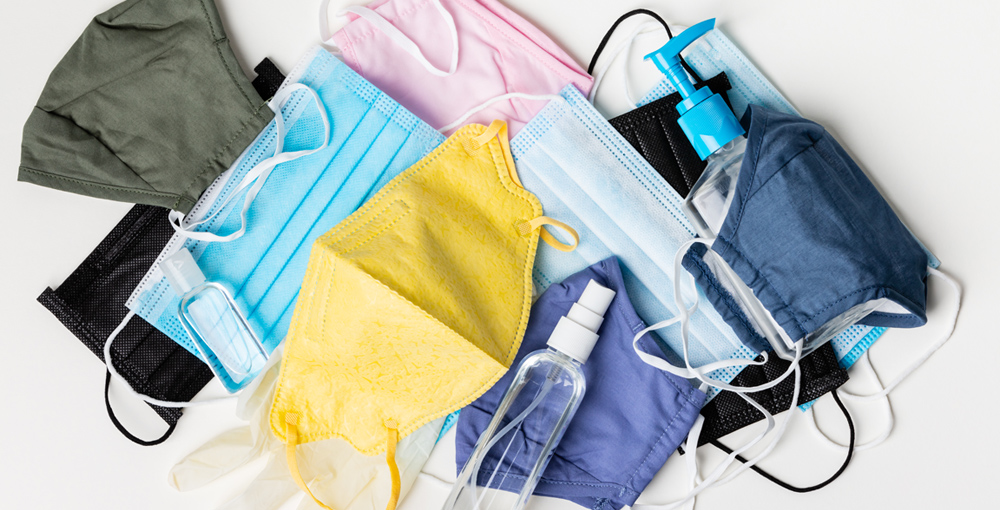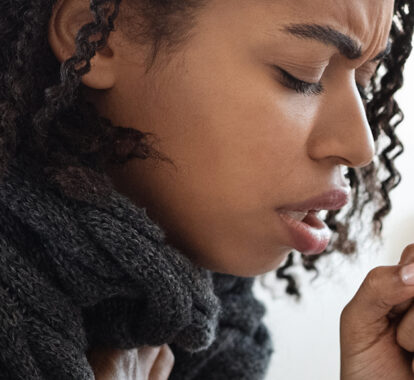COVID-19: What kind of mask should I be wearing?
February 1, 2022

As the COVID-19 Omicron variant continues to spread, experts are sharing that masks with gaps or leakage do very little to protect from the more contagious variant.
Infectious disease experts and the CDC have consistently recommended since the onset of the pandemic that for the best protection from airborne particles like viruses that masks should conform to the face, fitting snugly over the nose, mouth and chin. This prevents air particles from leaking in or out of the mask.
Best protection
N95 respirator is the most effective mask/face covering, designed with a very snug facial fit that has efficient filtration of airborne particles. The “95” in the name means that it filters at least 95 percent of airborne particles. These masks are regulated by the National Personal Protective Technology Laboratory (NPPTL) in the National Institute for Occupational Safety and Health (NIOSH), which is part of the Centers for Disease Control and Prevention (CDC). In health care settings, the N95 respirators are regulated by the FDA.
When choosing a respirator, look at how well it fits and read the manufacturer instructions. These instructions should include information on how to wear, store, and clean or properly dispose of the respirator. Respirators have markings printed on the product to indicate they are authentic, see appropriate N95 markings.
Better protection
Combine a double layer cloth mask over a disposable mask. Choose ones with a metal strip or nose wire that can be folded over the nose to prevent air from leaking out. Double layer cloth masks should be made of heavier weight fabric that blocks light.
Do not combine two disposable masks or N95 masks.
Good protection
Disposable, 3-ply masks can offer protection when gaps have been eliminated. Using a mask fitter or brace can form the mask around the nose, mouth, chin and face.
The CDC recommends using the knot and tuck approach to close gaps, providing a snug fit. Watch this video to learn: https://www.youtube.com/watch?v=GzTAZDsNBe0
How can you test if your mask fits snugly?
- Check for gaps by cupping your hands around the outside edges of the mask.
- Make sure no air is flowing from the area near your eyes or from the sides of the mask.
If the mask has a good fit, you will feel warm air come through the front of the mask and may be able to see the mask material move in and out with each breath.




